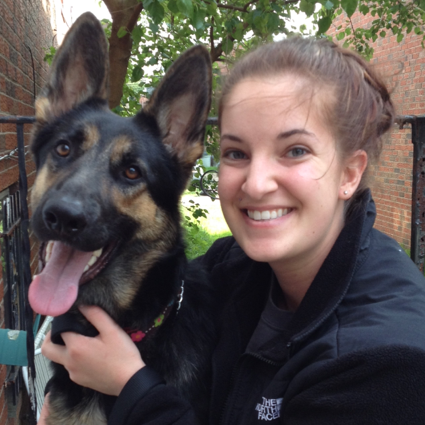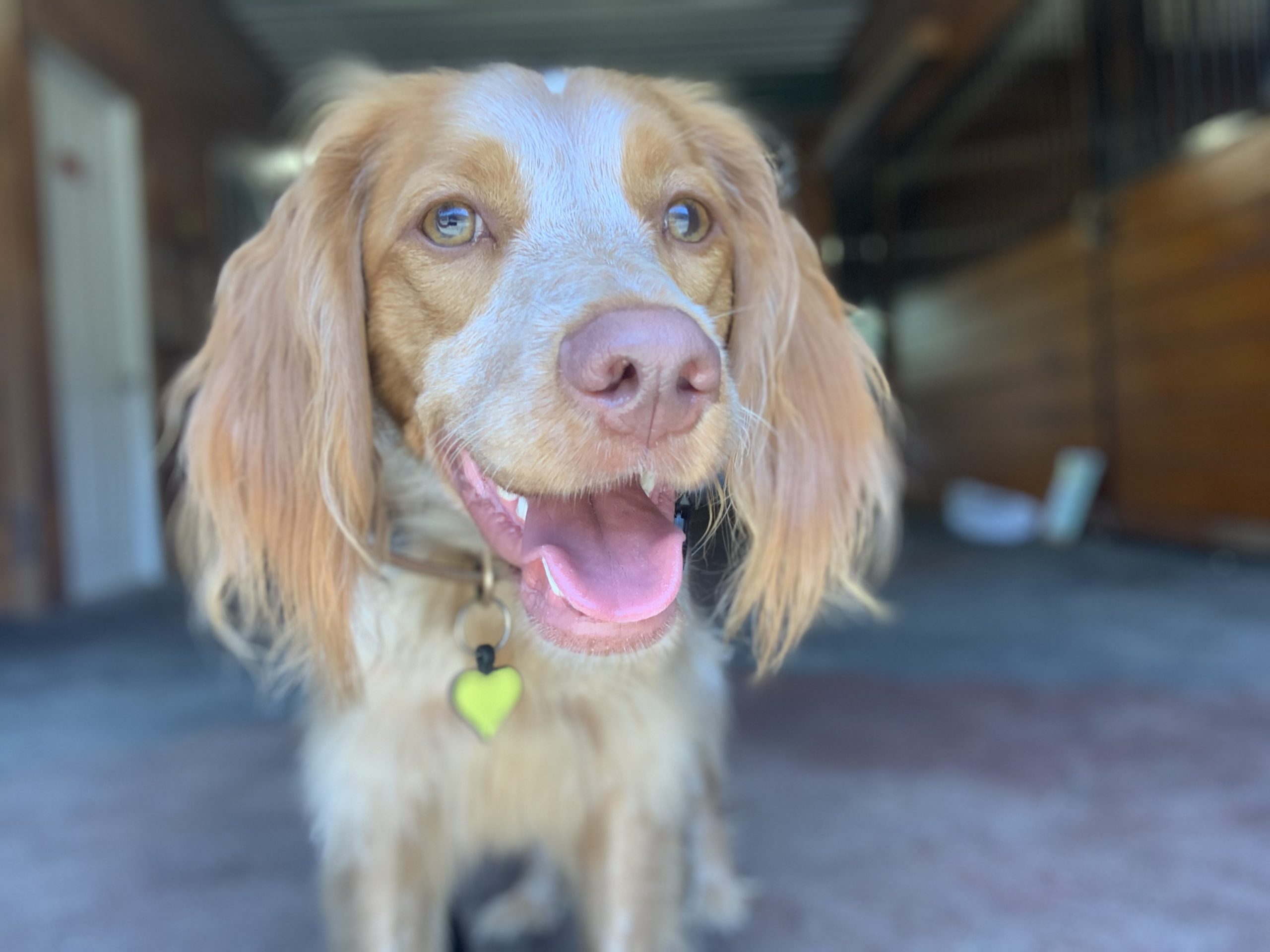By Alicia Harantshuck, CPDT-KA, CTDI, APDT Member
Wouldn’t it be nice to go on a leisurely walk with Scooby enjoying the colors of fall? We interrupt this relaxing image to insert real life. Pulling, crittering, excessive sniffing, lagging, and generally checking out on their owners are just some of the issues we might experience. Even well-trained dogs can have an off-day and need maintenance.
What questions do I hear the most? What are the answers to help you and your walking tools?
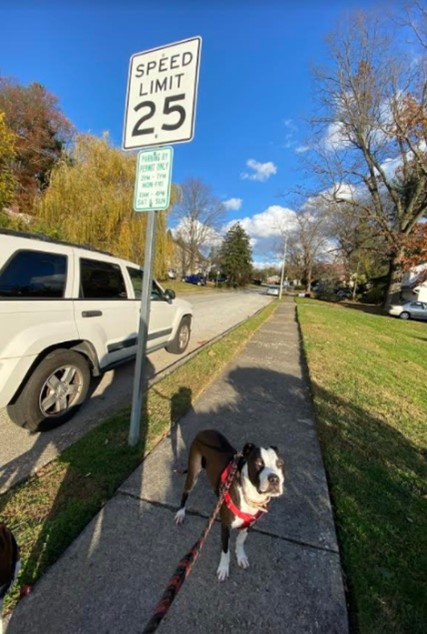
What can I do to manage Scooby’s pace?
- Practice BEFORE You Walk: All you need are a few 10-minute sessions with a handful of kibble and Scooby on a leash to get started.
- Slow It Down: Help Scooby by cuing “slow” to communicate with your dog that they need to slow up. Dramatically slow your pace to where the dog questions if he should be sitting or not. Offer lots of food rewards while he is walking at a slow pace.
- Pick Up the Pace: Assuming Scooby is not sick, aging, or injured, make it exciting, tap the side of your leg, reward when he moves up into that heel position, and maybe have a cue like “hurry hurry”.
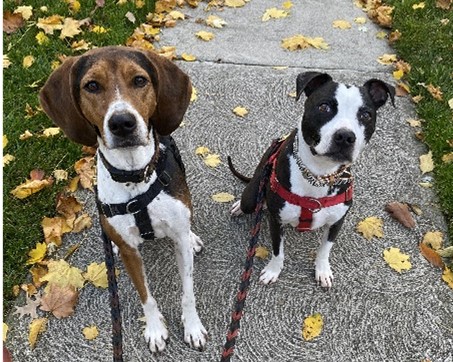
What can I do to manage my dog’s need to sniff EVERYTHING?
- Consider compartmentalizing your walks. Sort out time for purpose walking, time to sniff, and time to training. Set your criteria for each section and be consistent.
- When you want to allow Scooby to sniff etc., say “Free, go sniff”. Give him plenty of leash appropriate for your setting and let him wander a bit.
- If there is major construction, lawn care equipment, or scary lawn decorations, be mindful of your dog’s stress level. If it’s too high, let him sniff and skip the rest!
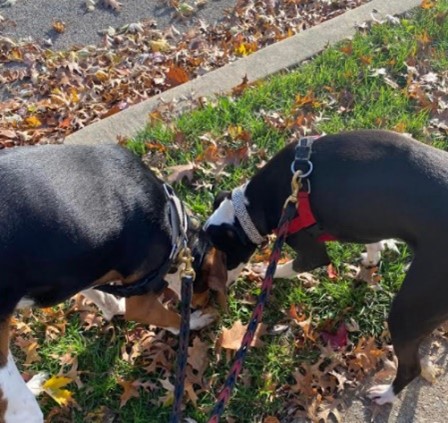
What is the best way to manage multiple dogs on a walk?
- Consistent Cues: Make sure they both know the same cues and have the same expected response. For example, if you call “leave it,” they should both redirect attention to you.
- Position: Help them get into a rhythm and have consistent positioning. This trainer prefers to have the dogs walk in front without pulling. I am always present on walks reading my dogs’ body language, making adjustments based on the environment and their individual needs. It is easier for me to do this if they are in front of me.
- You might find that your dogs naturally pick a side. If not, gently guide them and verbally reward. Breaking out treats might get them out of position.
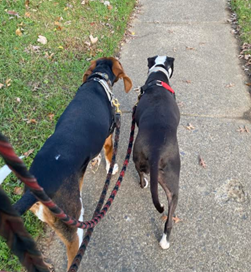
What can I do to help ensure a safe walk?
- The “wait” cue is great without having to work a stay to prevent your dog from lunging into traffic or before you cross the street.
-
- Wait before we cross the street.
- Wait while I pick up your or your sister’s poop.
- Wait, your leashes are tangled.
- Wait just because….
-
- Leave it is another good one:
-
- Dead Squirrel: Leave-it
- Cujo coming the opposite direction: Leave-it
- Super friendly cat: Leave-it
- Trashcans: Leave-it
-
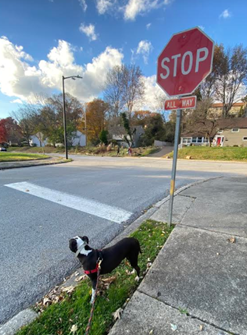
Be creative, have fun, and remember, you are allowed to have walks where you do nothing. You don’t need to be in work mode with every step. We all have lives to live and might not have time or be in the right frame of mind to train. It’s ok!

